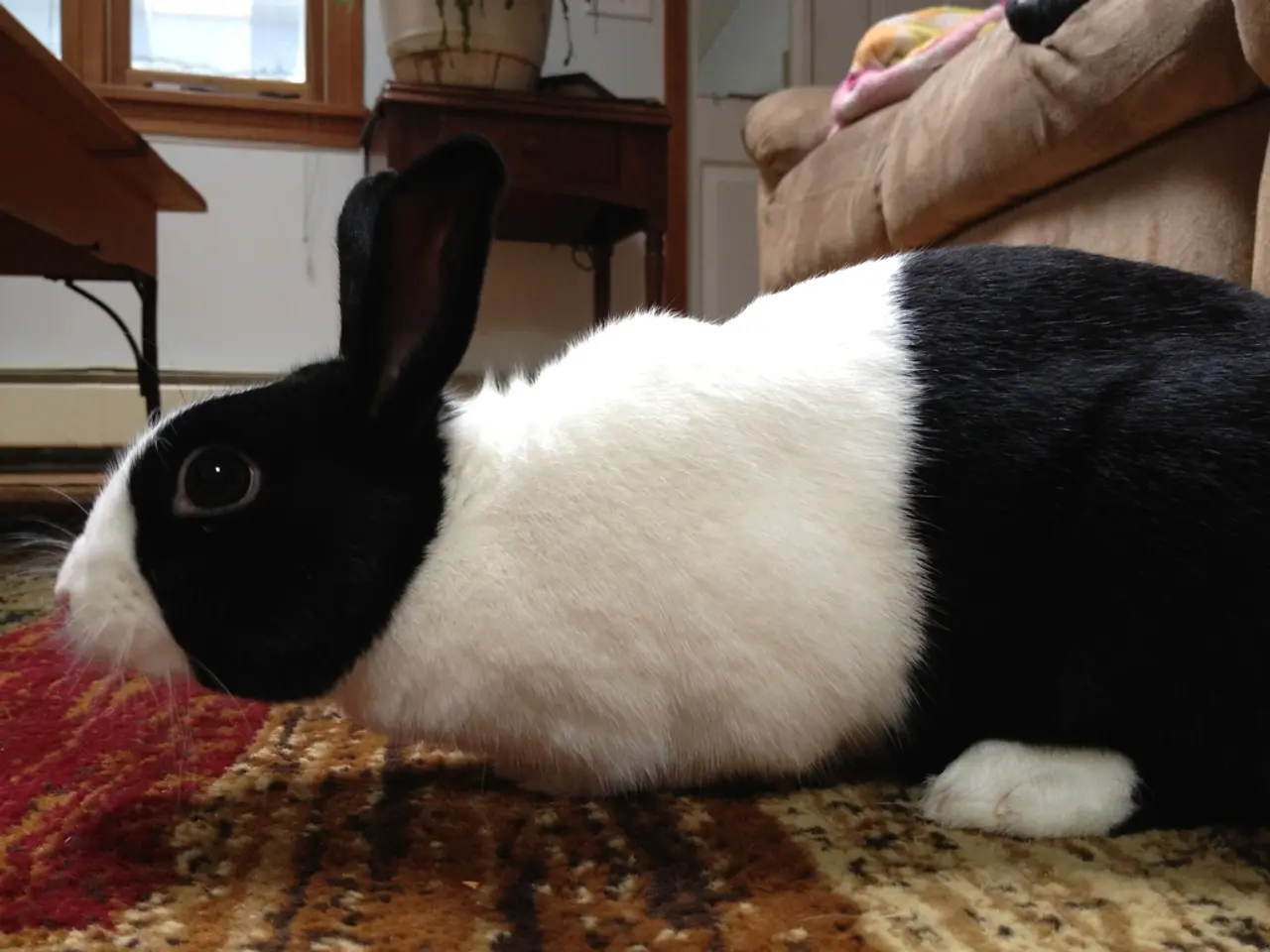Indoor Rabbit Housing: A Vet Answers Your Top Questions
In recent years, more and more pet rabbits are living indoors, and for good reason. Providing a comfortable, stimulating, and safe environment for these delightful creatures is essential for their physical and emotional health. Here's a guide to help you create the perfect indoor haven for your furry friend.
Firstly, it's crucial to offer ample space for your rabbit. A spacious main living area of at least 8-12 square feet is recommended, where your rabbit can hop three times its length, stand on hind legs without touching the top, and stretch fully. This space can include a cage serving as their sleeping, dining, and hiding spot, alongside a larger exercise area of at least 24 square feet for running and playing for several hours daily. The cage and surrounding area should have solid, non-slip flooring, safe toys, and a clean environment. Fresh water, a suitable diet, and a quiet hiding place are essential for their wellbeing.
Rabbits require mental stimulation to keep them happy and healthy. Tunnels, chew toys, cardboard boxes, and enrichment activities such as learning tricks or leash walks (if trained early) are great ways to provide mental stimulation. Grooming regularly (brushing to reduce fur ingestion) and nail trimming are also important for their health.
Litter training is another essential aspect of indoor rabbit care. Place a litter box with rabbit-safe litter (no clumping cat litter) in a corner of their enclosure and clean it regularly to reduce odors. Rabbits are naturally clean and often pick a spot to use, so many can be fully litter trained indoors with patience.
Outdoor time is beneficial for rabbits, but it should be supervised and in secure, predator-proof enclosures to protect them from weather extremes. Outdoor housing alone poses risks such as temperature fluctuations, isolation, and soil-borne diseases, so outdoor time should complement safe indoor housing rather than replace it. Outdoor exercise areas should be at least 3m x 2m for a pair of average rabbits, with shelter provided.
When living with other pets, it's crucial to ensure the safety and stress levels of the rabbit. Rabbits are social with their own kind and do best when housed with another compatible rabbit to provide companionship. Interaction with other species should be supervised carefully to avoid injuries or stress.
Lastly, it's important to note that rabbits require vitamin D for healthy teeth and bones, and getting natural sunlight is encouraged. The free-range option requires rabbit-proofing the entire house, which can be a big commitment. Guides on the best rabbit toys and best rabbit bedding options can help keep an indoor rabbit stimulated. A large exercise enclosure or one of the best rabbit runs is ideal for facilitating outdoor time for an indoor rabbit.
In conclusion, providing ample space, mental enrichment, consistent litter training, safe supervised outdoor time, and companionship with other rabbits are key to caring for an indoor rabbit's physical and emotional health. With the right care, your indoor rabbit will thrive in its new home.
- For your pet rabbit's health and happiness, consider offering ample space, mental stimulation, and a clean environment.
- Ensure your rabbit's cage has a spacious main living area and a larger exercise area for daily running and playing.
- Offer safe toys, fresh water, a suitable diet, and a quiet hiding place to promote your rabbit's well-being.
- Mental stimulation through tunnels, chew toys, and enrichment activities can help keep your rabbit happy and prevent boredom.
- Grooming regularly, nail trimming, litter training, and social interaction with other (rabbit) pets are essential elements of caring for your indoor rabbit.



